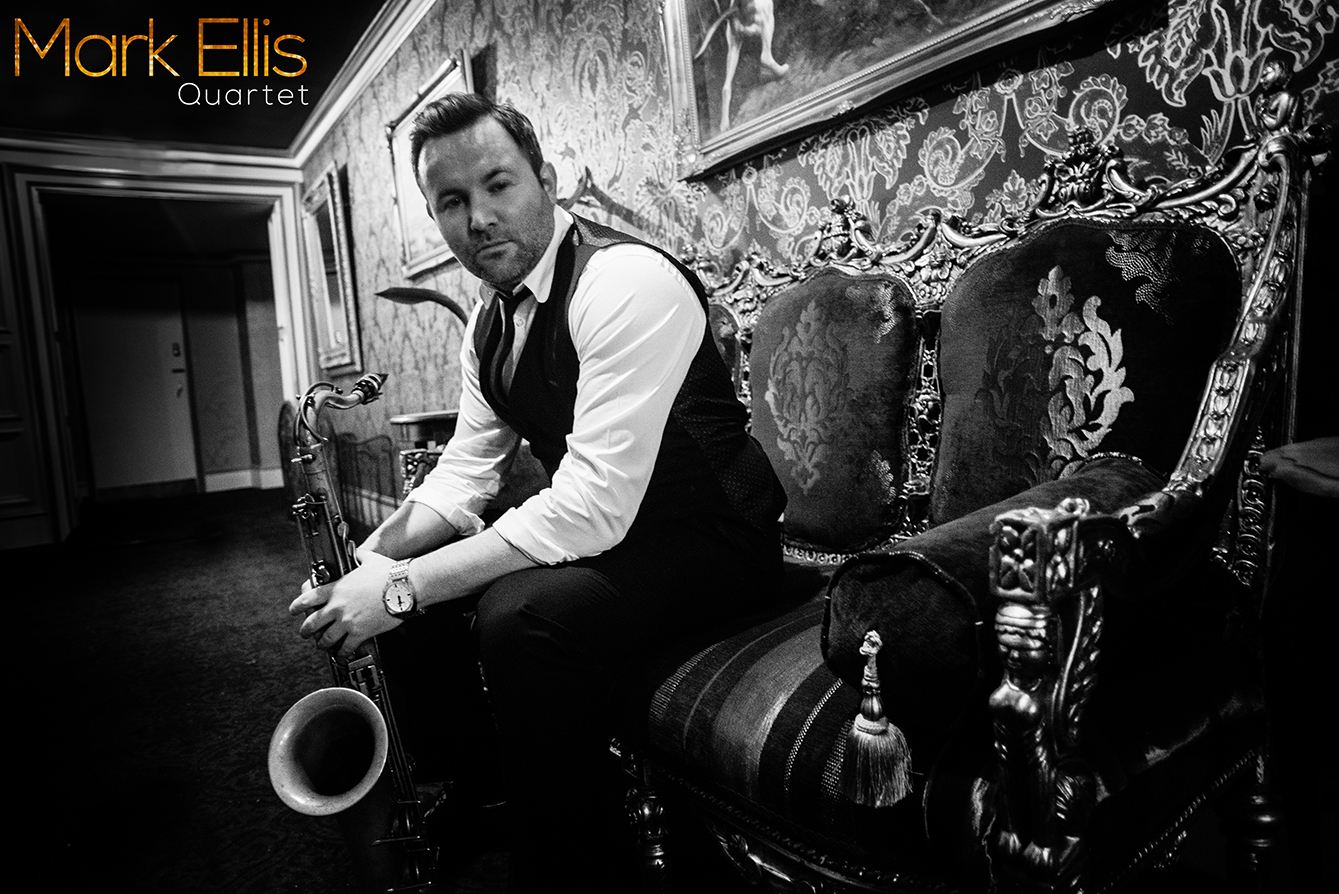Type “Jazz Improvisation” into your search engine and you get “making up new melodic solo lines or accompaniment parts. Improvisation is composing on the spot” (Wikipedia).
You can just about smell the fear of competent young musicians wanting to cross over into the Jazz genre and bumping up against improvisation as a reason not to! Running a Jazz association means that there is no getting away from the importance of learning to improvise. Ironically, improvisation demands musicians not just to play as individuals but to master playing as part of a whole, wider big band and team.
By its very nature, improvisation sounds as if it cannot be practised or rehearsed, that it highlights an on the spot ability to connect with, hear and respond to the music. It commands musicians to draw upon reserves of courage, musical creativity and sensitivity as well as set aside inhibitions and expose musical ability to peers as well as audiences. It seems strange, therefore, that there is method to this creative madness called improvisation. So many do not realise that there is a musical process, an ability to improve and learn the art of Jazz improvisation….
Mark Ellis, saxophone tutor at the Doncaster Youth Jazz Association – “Learning to improvise starts like anything else – with the basics. The Blues is the foundation of all modern music and so I like to start with that. The beauty of using the Blues scale at first is that musicians can improvise without the knowledge of complex chords and chord changes. Melodic concepts such as sequence and repetition can be introduced easily and in a very methodical way one a student has mastered just one Blues scale. It’s a skill anybody can learn once they possess the learning blocks to do so!”
